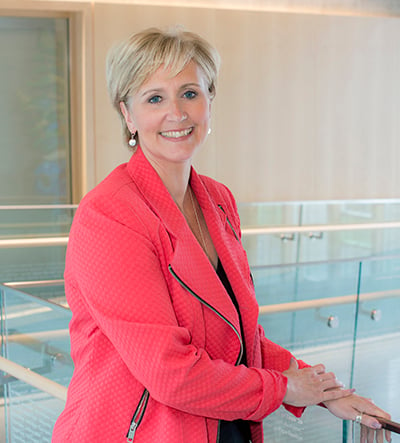Julie Rousseau on Cultivating Creativity
 In my 26 years as an educator, I have seen many educational trends come and go. Like in many sectors, there will often be the “flavour of the day”. From shifts in school choice to personalized learning to online learning, the educational landscape is constantly evolving. This, for the most part, is a good thing. But one constant in education that I have noticed taking on increasing importance is the need for us to cultivate creativity with our students.
In my 26 years as an educator, I have seen many educational trends come and go. Like in many sectors, there will often be the “flavour of the day”. From shifts in school choice to personalized learning to online learning, the educational landscape is constantly evolving. This, for the most part, is a good thing. But one constant in education that I have noticed taking on increasing importance is the need for us to cultivate creativity with our students.
Of course, the focus on foundational literacies and academics continue to be of significant importance but cultivating creativity in all aspects of the curriculum is key to the success of our Yorkies as they prepare for future careers.
In this popular Ted Talk, Sir Ken Robinson makes the powerful point that students leaving our classrooms and universities will be entering a workforce that none of us can visualize. Learning a narrow or specific skill set no longer has the value in today’s world that it once did. With increasing use of technology and globalization, the tasks and jobs that once were held in the hands and minds of humans are increasingly being taken over by automation, robotics, and artificial intelligence. As such, it is important for us to recognize that creativity is what will distinguish humans from automation and augmented intelligence and why creativity is a skill and disposition that will be highly valuable in the future workforce. This trend toward valuing creativity goes beyond the “innovation” buzzword that we often see. In fact, a 2010 survey of over 1500 executives found that creativity is valued as one of the most important skills of the modern world. This article, by Anthony Wood, further solidifies that creativity is the engine of progress in our modern society.
So what does this mean for the learning environment we wish to create for our Yorkies? It means that we need to see our students’ creative capacities for the richness that they are. At York House, our teachers continually seek to empower our girls to engage in cognitive, social and/or physical learning experiences that allow them to develop their creativity. On a daily basis, our girls are encouraged to:
- Generate ideas: We encourage our girls to keep generating ideas through graphic organizers, mind maps, and a plethora of reflective activities.
- Continually Review: We encourage girls to draft and redraft an idea, concept, solution, or product from varying perspectives such as audience and cultural viewpoints.
- Dialogue: Our Yorkies participate in structured conversations where dialogue with reflection can lead to new ideas. This year we have introduced the Harkness approach to dialogue in our English classes at the Senior School.
- Make mistakes through trial and error. Finding issues or problems is a great opportunity to see a new approach or design something better.
- Give things time. Providing an opportunity for ideas to percolate for some time is a great way to return to creative work with a fresh perspective. Great work takes time…ask an artist!
- Keep a work portfolio. Many of our teachers have students keep a journal or workbook where they can sketch out their thoughts and see the progression of their ideas and concepts. This is a great way to make student thinking visible.
- Research! Yes, research is a way to become more creative. Researching allows students to deepen their knowledge and to find out about new ideas and/or recycle old ideas into new ones.
- Critiquing work. At all grades levels, we encourage our girls to reflect not only on their work but to provide feedback and suggestions to their peers. This is a great way for students to express their thinking and to also think about their thinking which is what is called, “meta-cognition”.
- Problem find and problem solve. Whether it occurs in the science lab, math class or sewing class, students are encouraged to find problems and in relation to these, discuss, ideate, prototype and design solutions to these problems.
- Communicate. Communicating thoughts and ideas in various ways is a great way to express one’s creativity, uniqueness and identity.
Being creative means continually refining these skills and ensuring that we seek to educate the whole child. I am thrilled to invite you to view this video about our Junior School STEAM program which seeks to do just that. Our student response to this type of learning has been overwhelmingly positive and we look forward to expanding these types of experiential learning opportunities at all grade levels. This will require creativity on our part as well as we support the development of this type of learning environment for our students and teachers both in and outside of the classroom.
As we head off for spring break, I hope that you and your daughters will have time to recharge and re-energize. Whether it is on the court, in the classroom, or on a canvas, I am sure we will have many more opportunities to witness our Yorkies’ outstanding creative works during their final term at school.
Sincerely,
Julie

